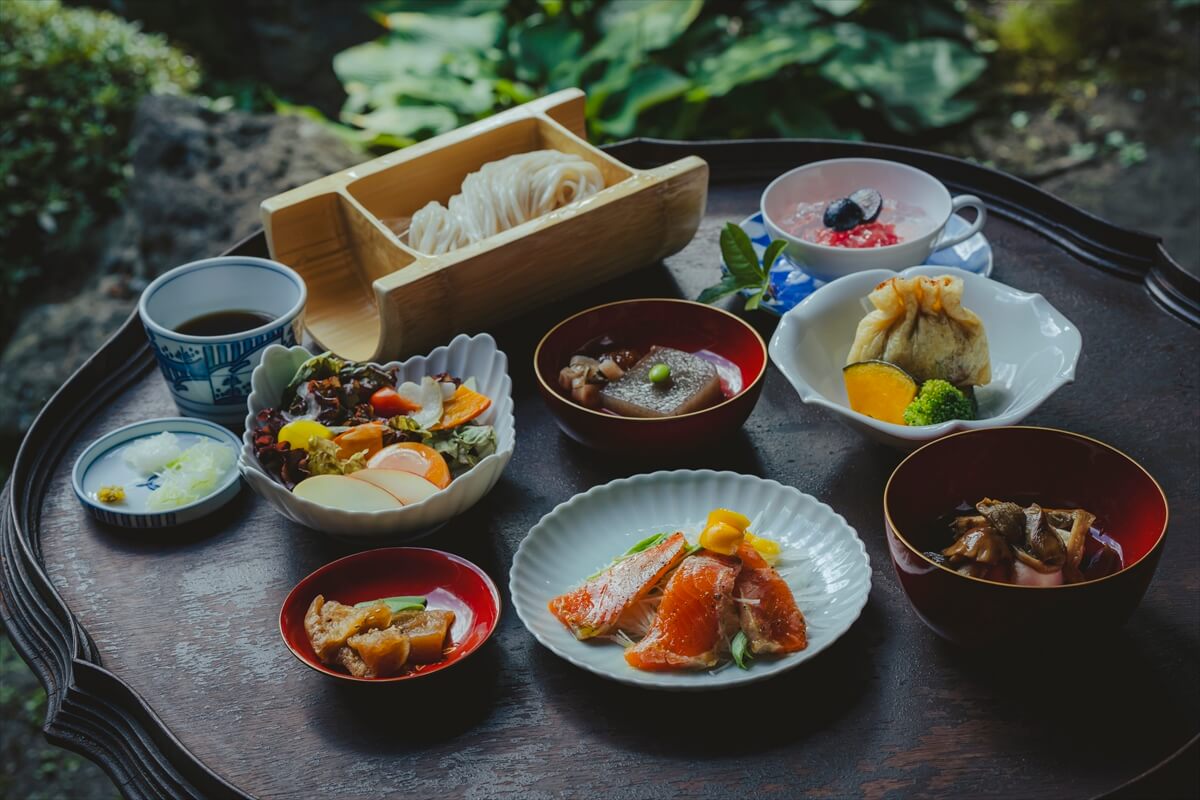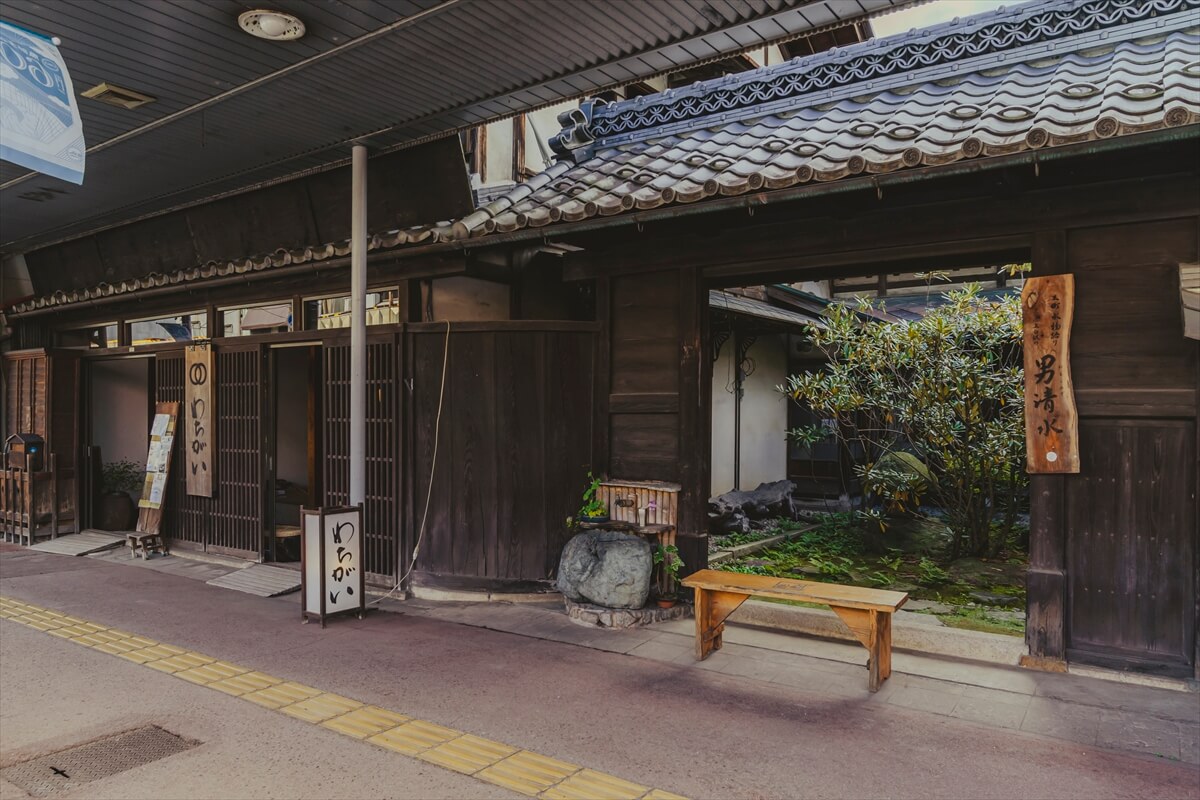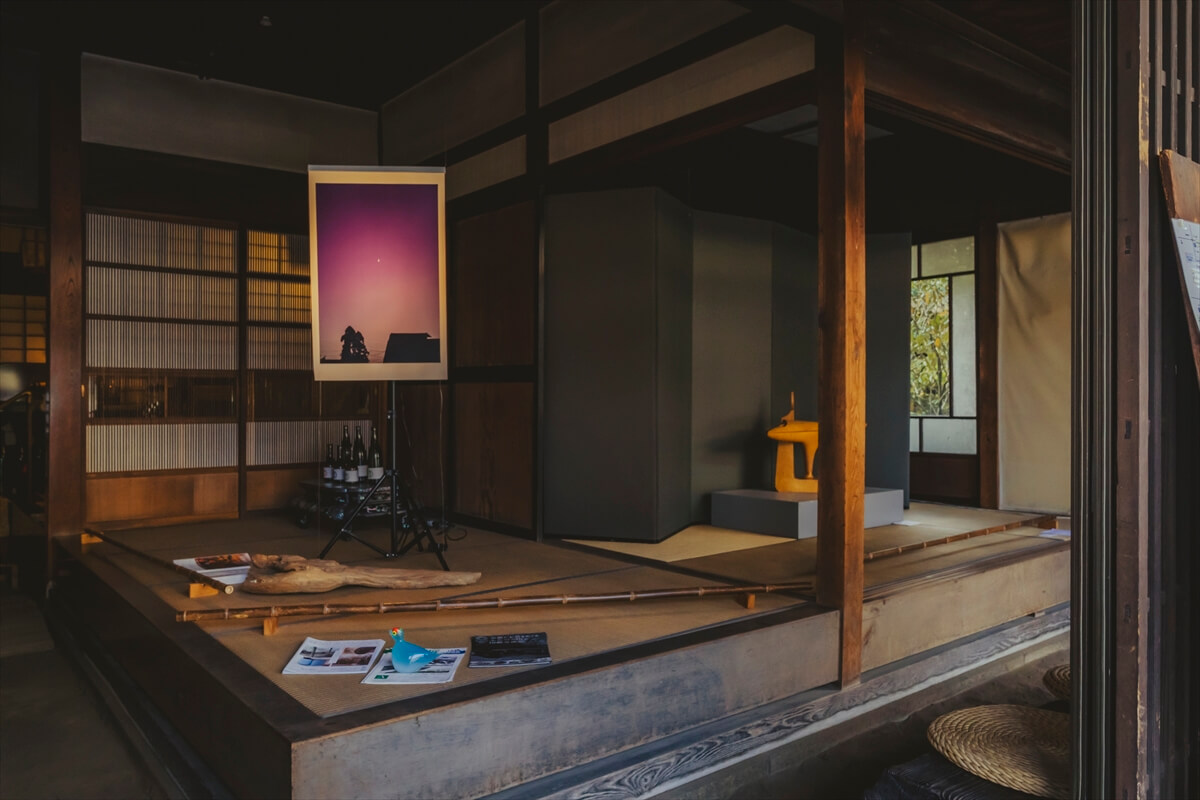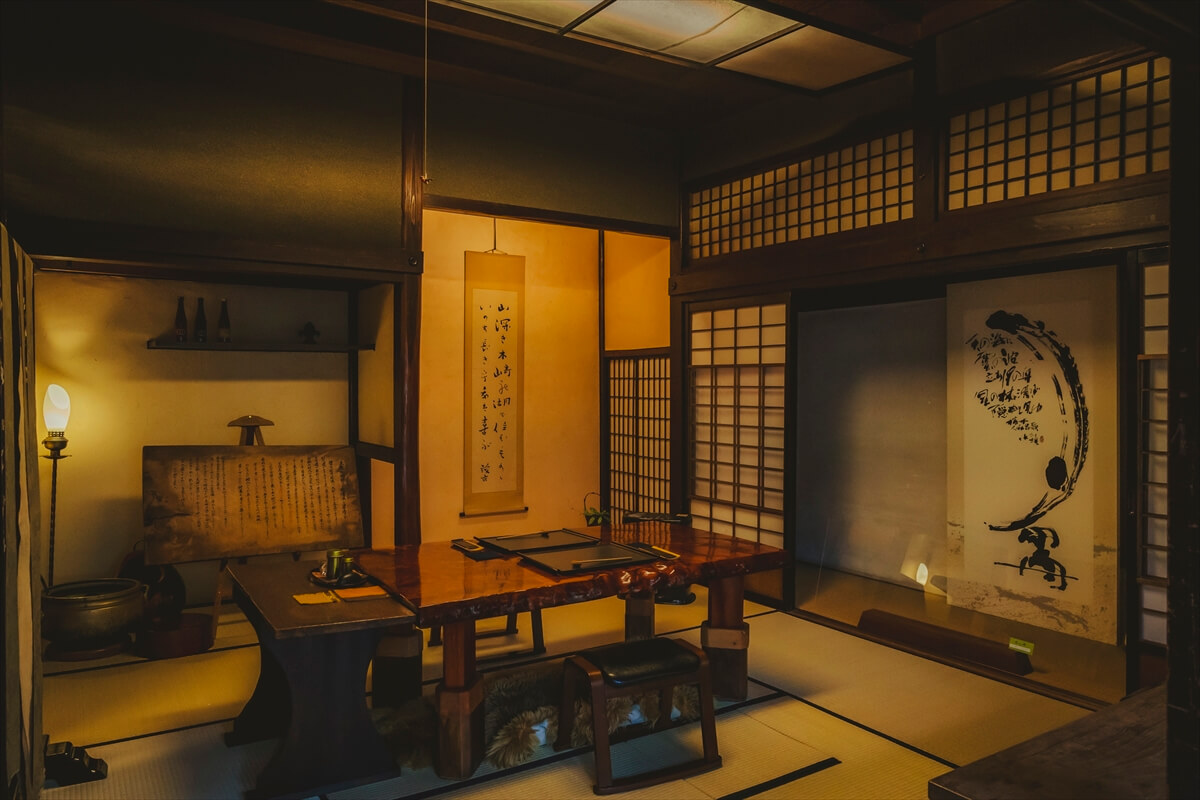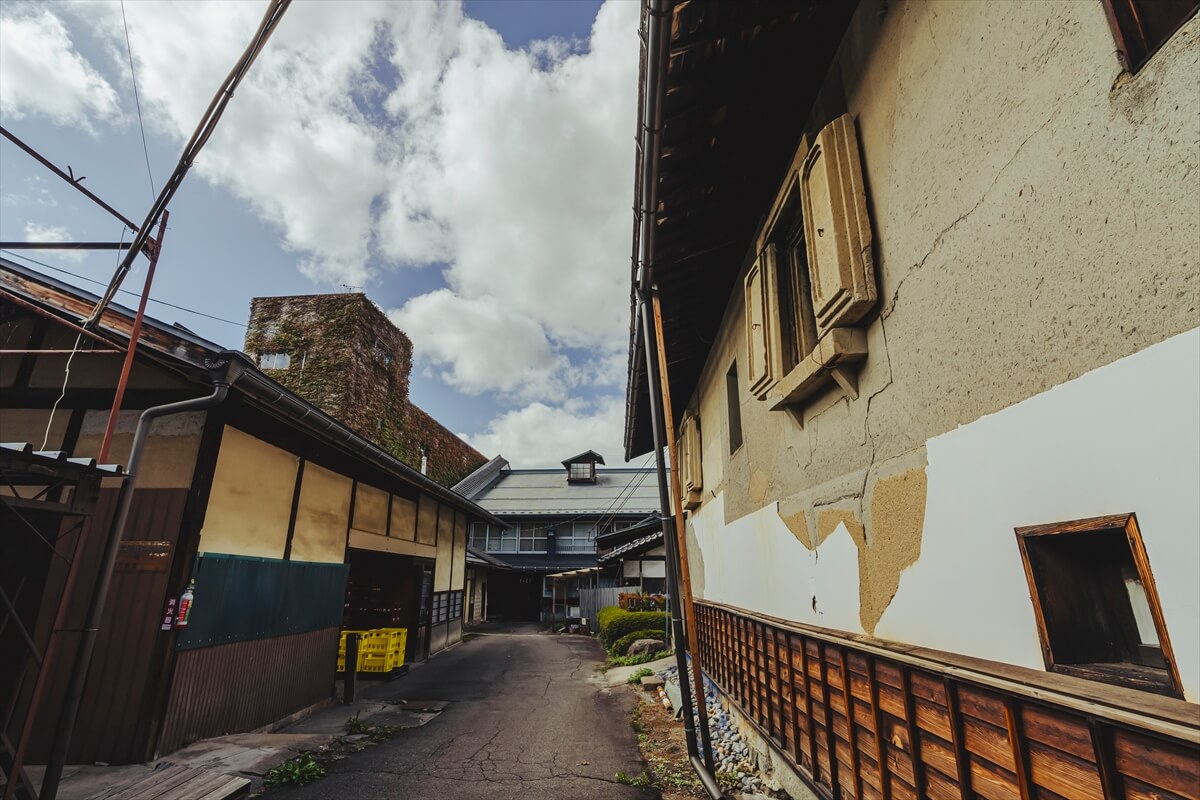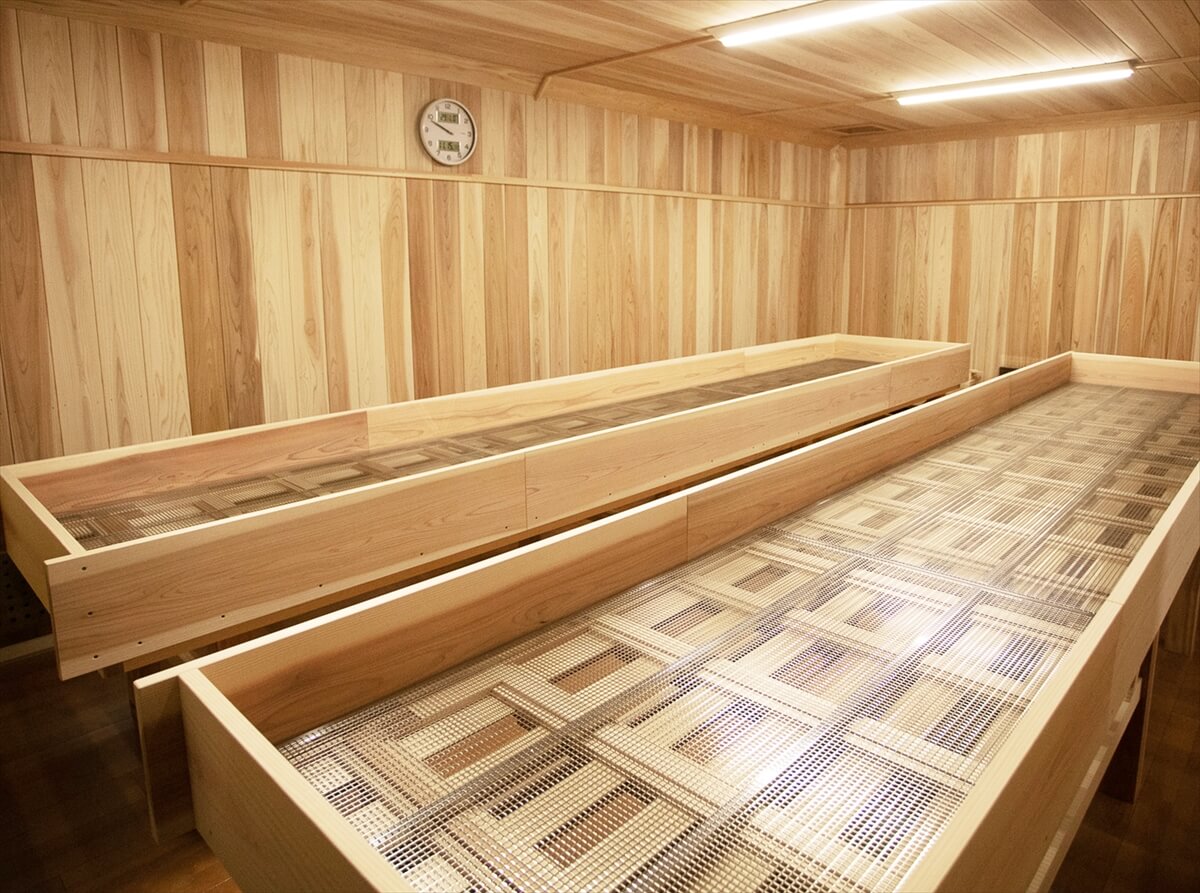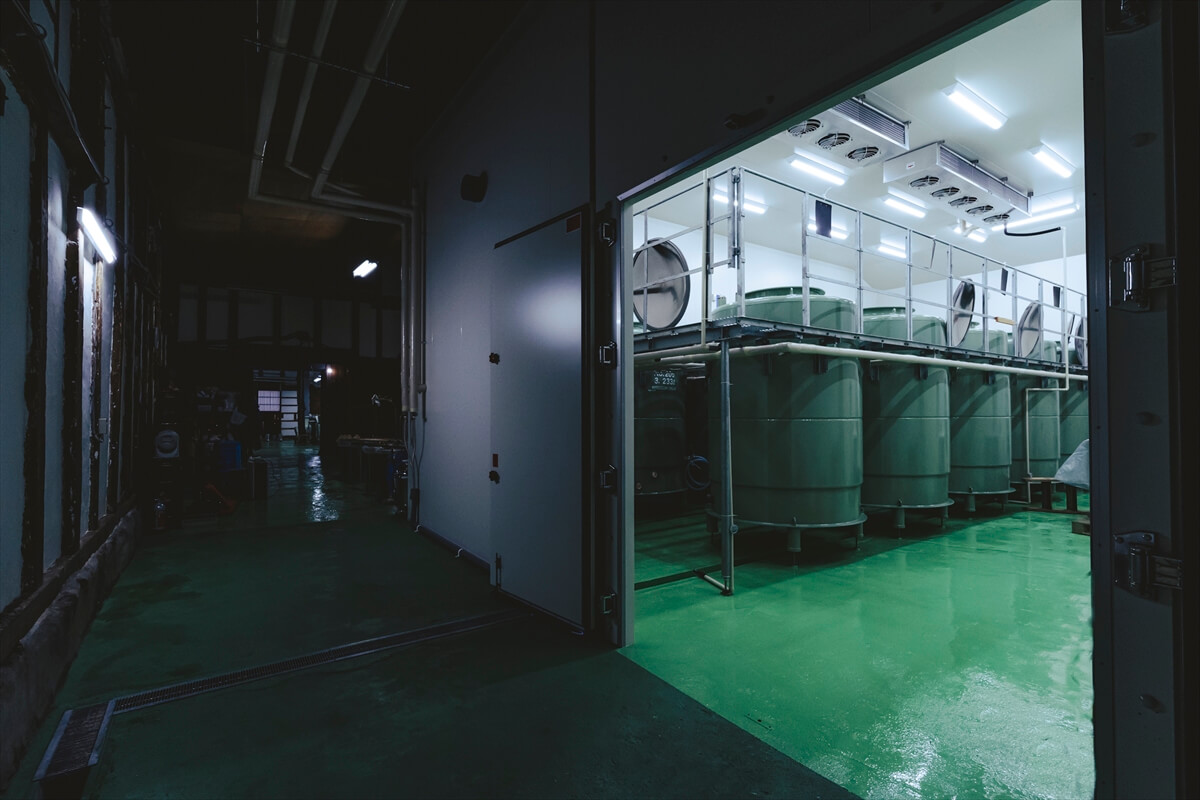Pure water and deep snow—Omachi's distinctive food culture
Pure water and deep snow—Omachi's distinctive food culture
Snowy Winter Brings Wisdom for Eating
Snowy Winter Brings Wisdom for Eating

Mrs. Eriko Fukaya
Wachigai Young Proprietress


The present-day town of Omachi was shaped by the Nishina clan, who ruled this area from the late Heian period* to the Edo period. During the Edo period**, it flourished as a post town along the Chikuni Kaido, also known as the "Salt Road," which connected Matsumoto and Itoigawa.
*Haian Period : 794–1185
**Edo Period : 1603-1867
The Kuribayashi family, one of the "Omachi Toshiyori-juninshu" (ten Omachi senior citizens) who ruled Omachi in the Edo period, served as the headman of the Omachi clan of the Matsumoto domain for generations.
The Kuribayashi family is said to have been vassals of the Nishina clan, and they have had their residence in the central urban area facing the Salt Road since the Muromachi period*.
*Muromachi Period : 1333-1573
The building, preserved in its original form since the Meiji period*, is now called "Sosha Wachigai." The first floor serves local traditional cuisine, while the second floor functions as a gallery hosting exhibitions of craft artists' works and photography.
*Meiji Period : 1868-1912
Mrs. Mitsuko Watanabe took the lead in revitalizing the long-abandoned building. Believing it would be a waste to leave such a splendid structure unused, she initiated the cleanup process.
And currently, Mrs. Eriko Fukaya manages the establishment together with the proprietress. "Although this building is over 150 to 160 years old, if we don't maintain it, it will deteriorate rapidly. Aging gracefully is different from just being old," she says. That's why we never skimp on daily cleaning and, as a team, we devote ourselves to creating a welcoming atmosphere for our guests.
The furniture is actually used by the Kuribayashi family. With the sensibility of Mrs. Watanabe, who is also a craft artist specializing in dyeing, weaving, and Japanese embroidery, a comfortable space is created. "By having everyone visit and spend time here, we can keep the building fresh and well-ventilated," she says.
At Wachigai, you can enjoy a variety of original dishes made with local spring water and ingredients, focusing on Omachi's regional cuisine and local sake. Some of the specialties include "Ego," a jelly-type dish solidified by boiled down seaweed, and "Frozen Daikon" simmered dish prepared using the cold weather. Locals often say they feel nostalgic when they taste these unique dishes that are characteristic of Omachi.
"We primarily use vegetables from our pesticide-free home garden. The mountain vegetables and mushrooms are foraged from the mountains. We carefully prepare these gifts from the mountains," they explained.
In the local dialect of Omachi, 'Ozanza' refers to noodles. They've developed their original 'Wachigai Zaza,' made with minimal salt, and offer it in our restaurant.
Ozanza, which refers to noodles in the Omachi dialect, is an original "wagai zaza" kneaded with as little salt as possible, which is also served at the restaurant.
"What we offer here are all dishes passed down in Omachi, using local ingredients. Omachi locals have long preserved and sustained themselves by storing crops they could only harvest for half the year, employing techniques like drying and pickling. While the heavy snowfall makes winter living challenging, it has also fostered ingenuity in food preservation."
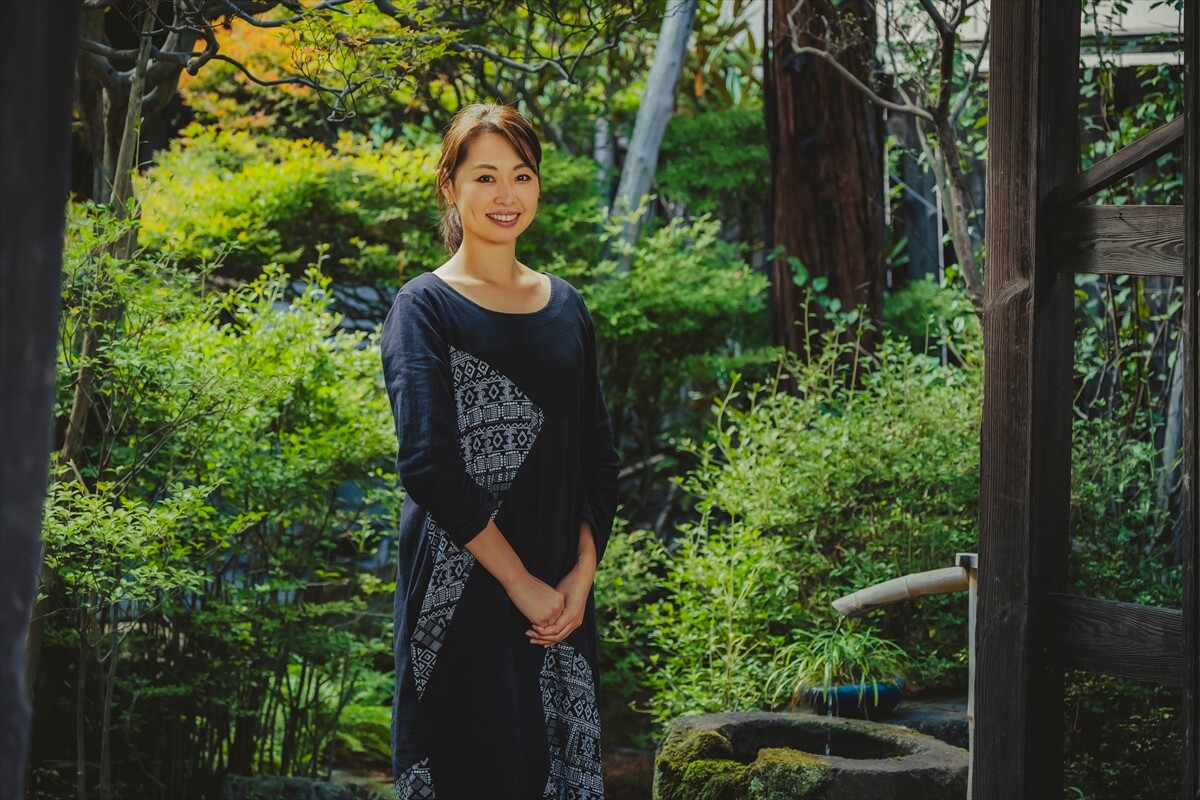
Mrs. Eriko Fukaya has been working at Wachigai for about nine years now. As a young proprietress, she manages the establishment alongside the proprietress.
Wachigai
Address 4084 Omachi, Omachi City, Nagano Prefecture
Phone 0261-23-7363
Business hours 10:00 to 15:30 (LO)
Closed Tuesdays and the 4th Monday of the month
(Both text and data as of December 31, 2023)

Mrs. Eriko Fukaya has been working at Wachigai for about nine years now. As a young proprietress, she manages the establishment alongside the proprietress.
Wachigai
Address 4084 Omachi, Omachi City, Nagano Prefecture
Phone 0261-23-7363
Business hours 10:00 to 15:30 (LO)
Closed Tuesdays and the 4th Monday of the month
(Both text and data as of December 31, 2023)
Sake brewed with water from Omachi, Yamahai and Kimoto.
Sake brewed with water from Omachi, Yamahai and Kimoto.
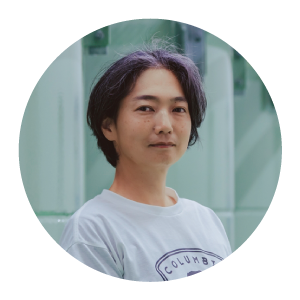
Mrs. Maho Otsuka
Master brewer at Ichinoya


In Omachi City, there are three sake breweries: Hokuan Brewery, Usui Shoten, and Ichinoya. These three breweries are close to each other, within walking distance from JR Shinano-Omachi Station. Every September, during the "Sanzou Nomiaruki(3 Sake breweries tasting tour)" event, many visitors flock to the main street to enjoy sake tasting at these breweries.
Among them, Ichinoya is a sake brewery with a long history. It was founded in 1865 by the Fukushima family, one of the ten Omachi toshiyori-shu, who began sake brewing at the end of the Edo period.
The Fukushima family, the founding family, relinquished ownership in 2017. After changes in management companies, in 2019, Mr. Masakazu Ito was welcomed as the toji (master brewer) to rejuvenate sake brewing. Furthermore, in 2022, another toji, Mrs. Maho Otsuka, was also welcomed aboard.
While preserving the large old brewery built during the Meiji era(1868-1912), they have revitalized the facilities by adding new koji rooms inside. With thorough quality control, they have significantly improved the quality of our sake. As a result, they have been continuously winning awards at tasting competitions and sake contests both domestically and internationally, garnering attention from all around.
In 2023, we released a new brand called "Ryusuisen." Leveraging the quality of water from Omachi, they thoroughly researched and pursued the brewing water for each sake. According to Mrs. Otsuka, "The water in Omachi is ultra-soft with few minerals, resulting in a refreshing and clean sake."
"We have various water sources nearby, so we sometimes draw water from the Otoko-mizu across the main street in front of the brewery or fetch water from the Ogisawa in Kurobe." Their new initiatives extend to rice selection as well. "We use sake rice from Tohoku like Dewa Sansan and Omachi (name of rice) from Okayama Prefecture. We experimented with various types last year."
Noteworthy is that Ryusuisen emphasizes the Yamahai brewing method and also practices Kimoto brewing. Mr. Otsuka worked for about 20 years at Shoutoku Shuzo in Fushimi, Kyoto, overseeing sake brewing as a toji (master brewer). He is also credited with reviving the long-dormant Kimoto brewing method in Fushimi. Ichinoya's Kimoto brewing was entrusted to Mrs. Otsuka.
Kimoto brewing is an ancient method that harnesses the power of microorganisms. In addition to high-quality lactic acid bacteria, the actions of various microorganisms contribute to creating a rich and complex flavor profile.
"Kimoto brewing is an old-fashioned method, but as I brew, I deeply feel its potential for the future," they said.
"In the world of Japanese sake, evaluations are often based on deductions, but in wine culture, the more elements that can be expressed in words, the higher the quality of the wine is considered. In that regard, Kimoto sake is both complex and aromatic, making it an intriguing drink. I believe that's why it's well-received by young people and overseas enthusiasts."
The Brewery is aiming to produce sake with locally sourced ingredients, including rice from Nagano Prefecture, starting this year. We are excited to see what kind of sake will be created with Omachi's water, the microbes in the brewery, and the efforts of Mrs. Otsuka and the team.
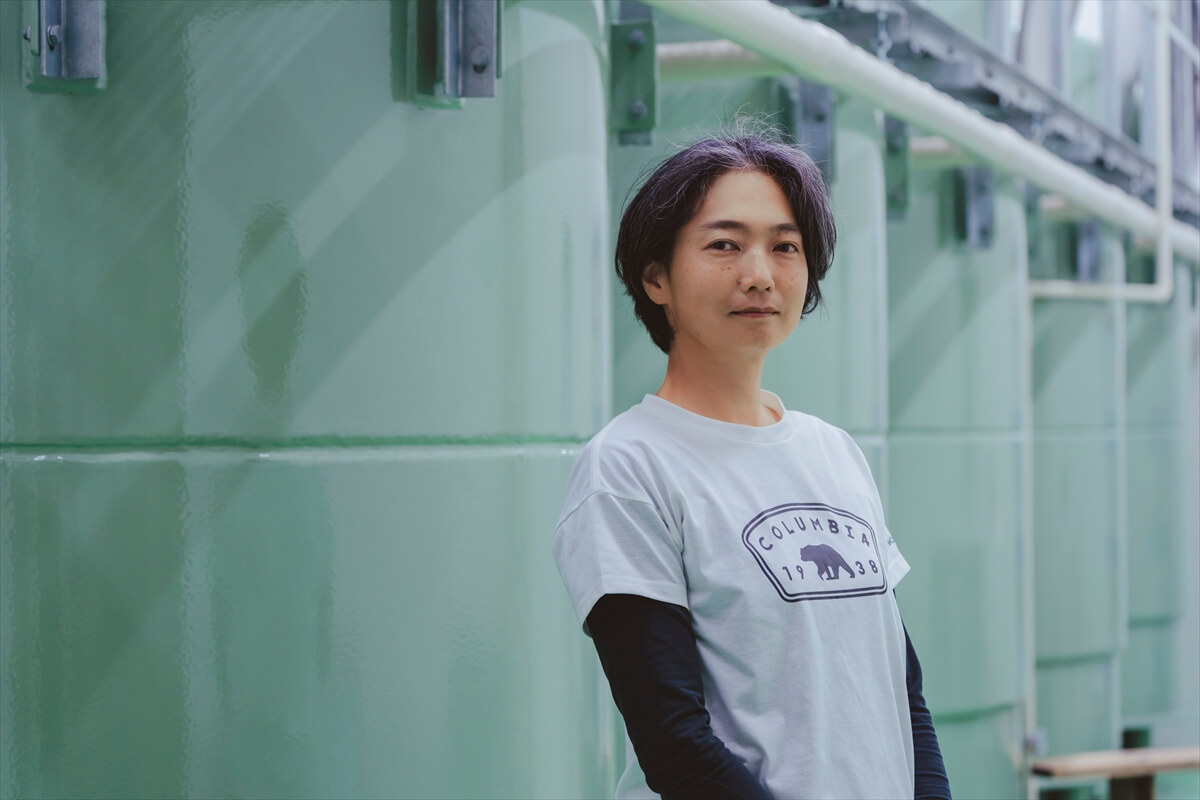
Mrs. Maho Otsuka, the toji. Originally from Yokohama, she graduated from the Graduate School of Agriculture at Kyoto University. She is a mother of two children.
(Both text and data as of December 31, 2023)

Maho Otsuka, Toji.Born in Yokohama, she graduated from the Graduate School of Agriculture, Kyoto University.Mother of two children.
(Both text and data as of December 31, 2023)
\Click here for tour details and application/
\Click here for tour details and application/


